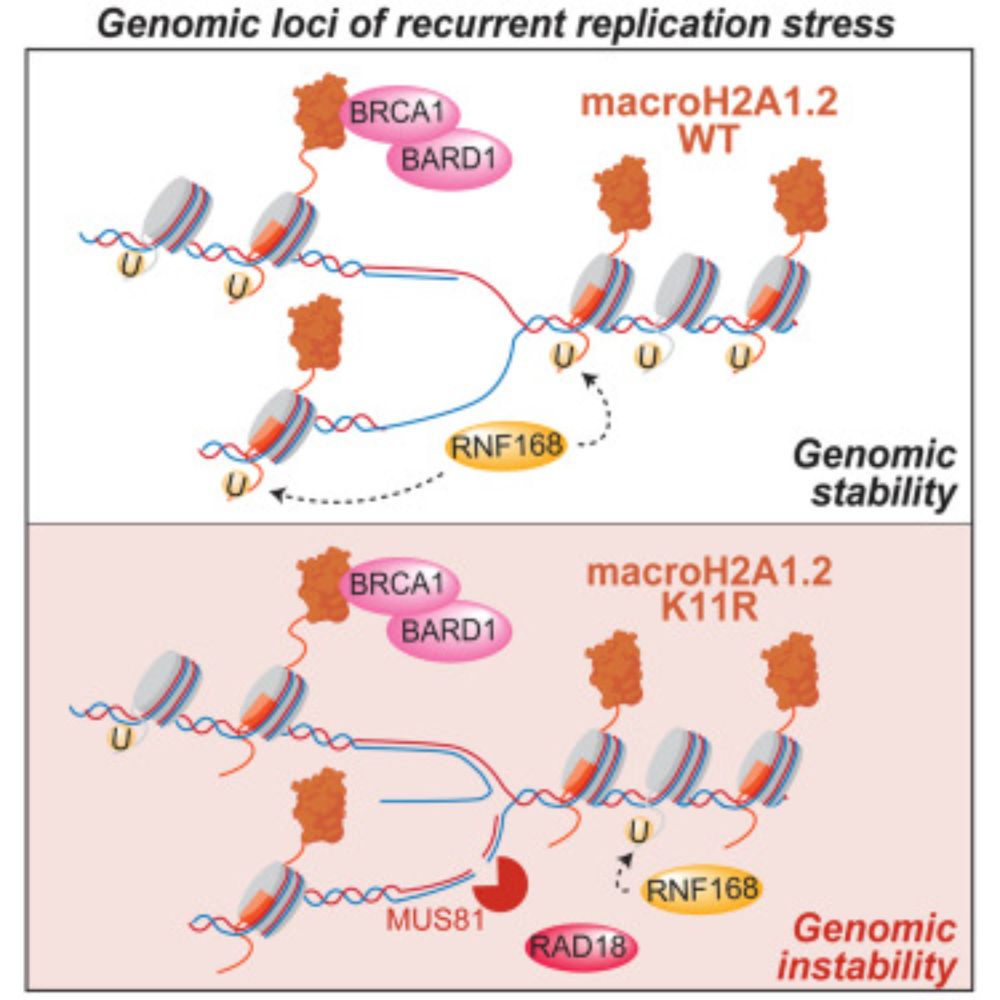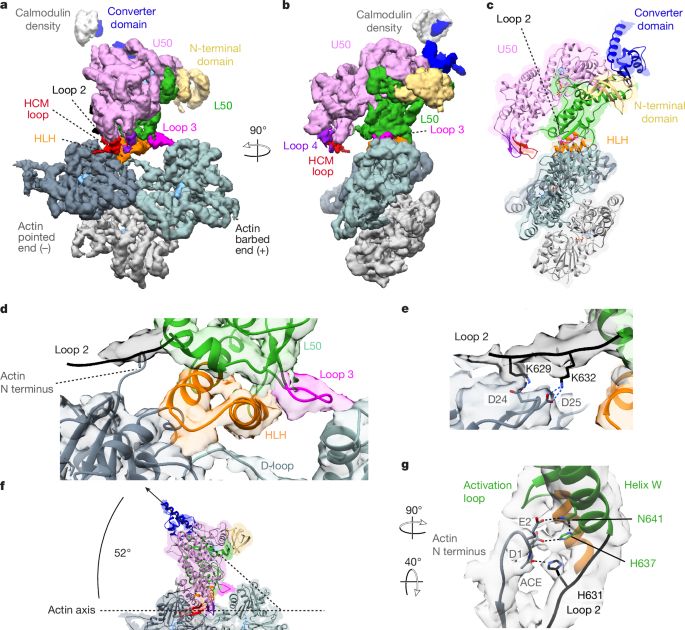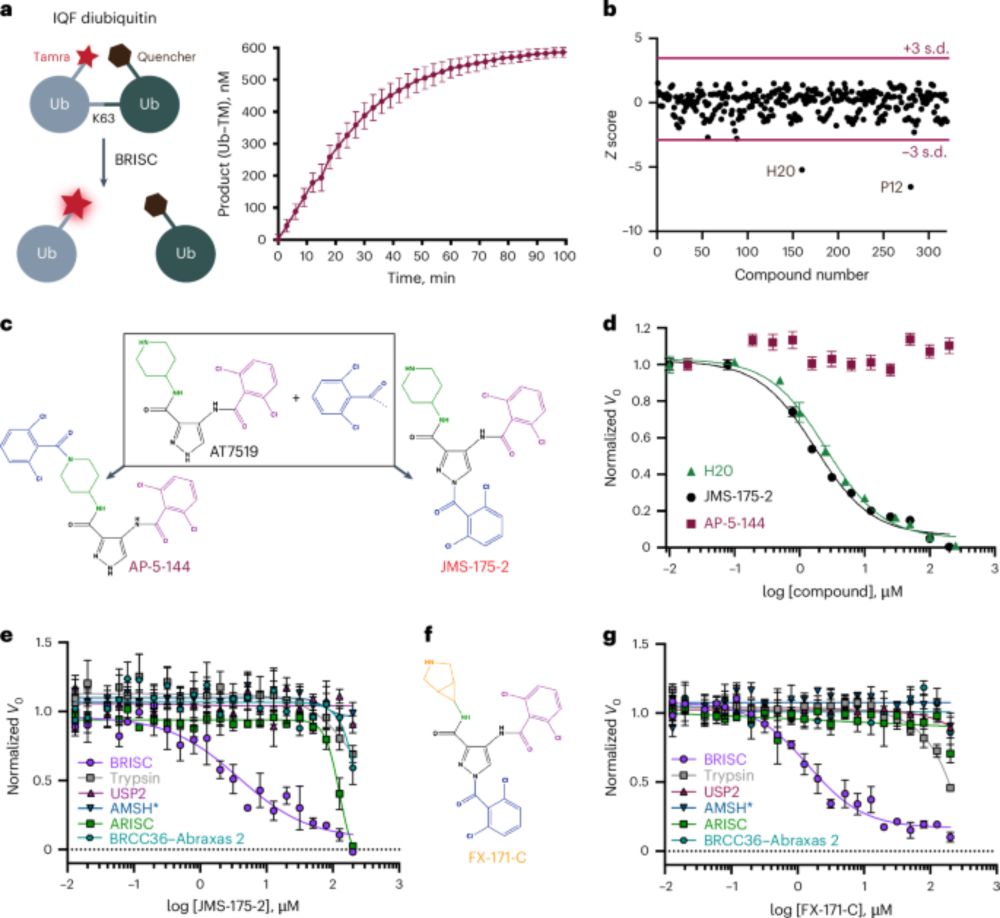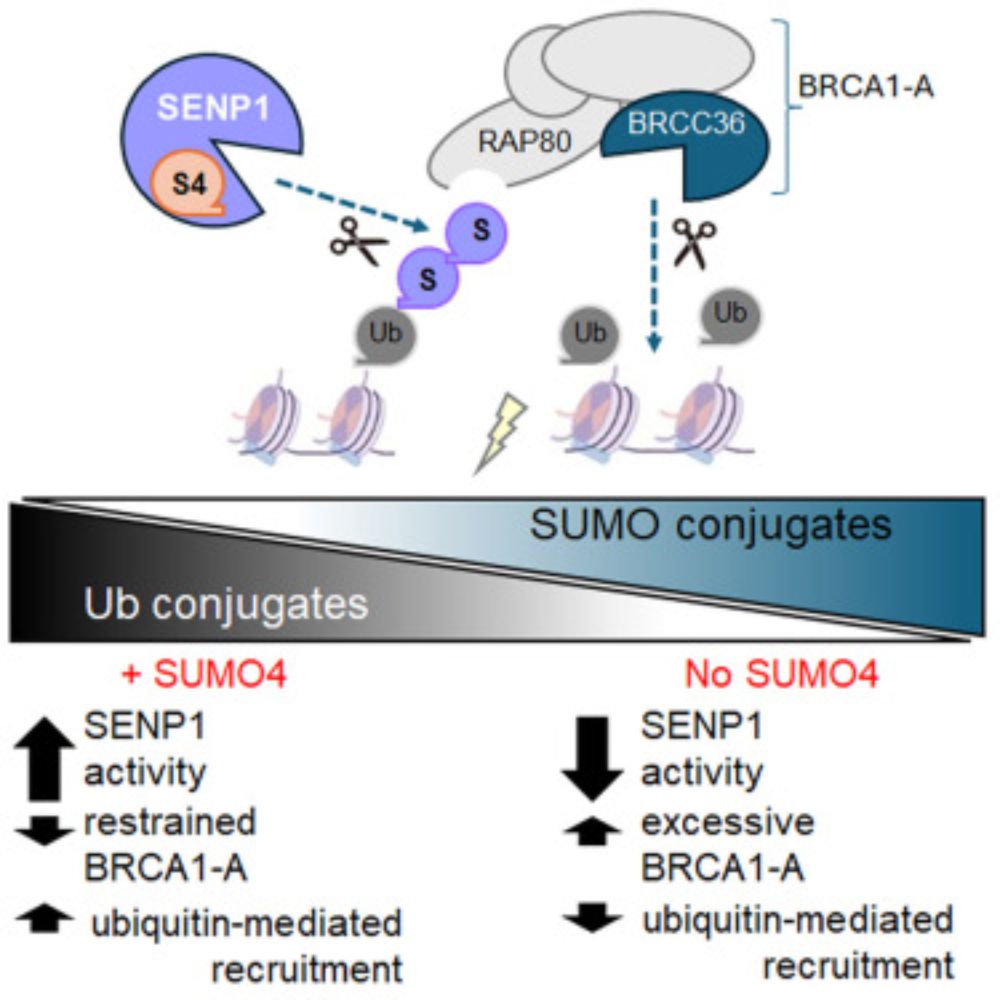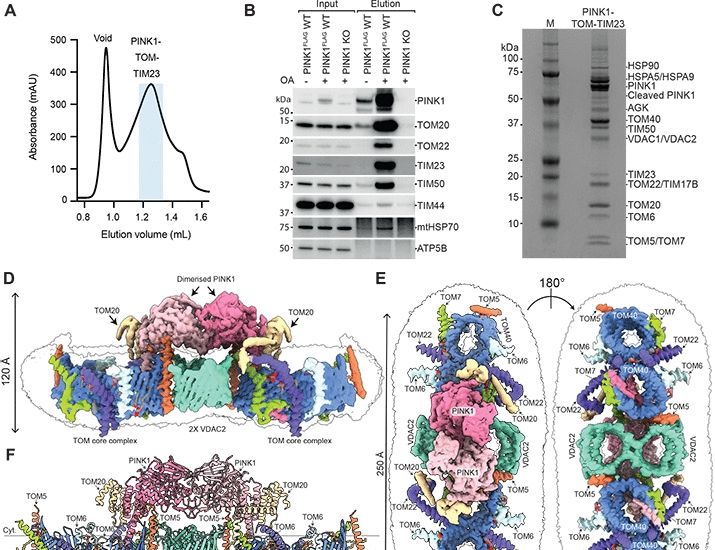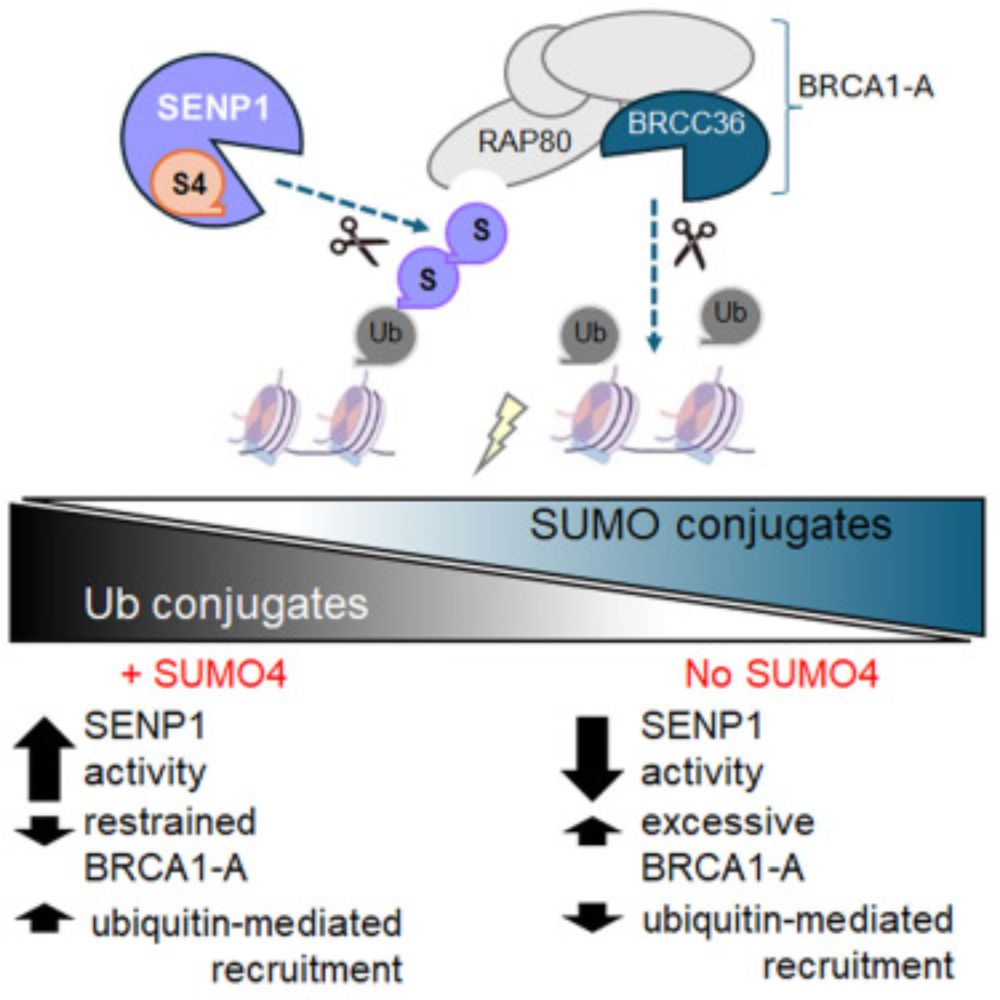We're looking for a new lecturer, here at the Department of Biochemistry in Dunedin, New Zealand. "Applications are invited in all areas of biochemistry, molecular genetics, and bioinformatics." otago.taleo.net/careersectio...
15.09.2025 01:09 — 👍 7 🔁 7 💬 0 📌 1

Mechanism and cellular actions of the potent AMPK inhibitor BAY-3827
The mechanism and unique molecular/cellular features of the potent and selective AMPK inhibitor BAY-3827 are unraveled.
Latest publication from the lab spearheaded by @shoreseashell.bsky.social & in collaboration with @zeqiraj.bsky.social is out. Using structural, biochemical & computational tools, this work sheds light on the mechanism of action of BAY-3827 in inhibiting #AMPK 1/3
www.science.org/doi/full/10....
09.09.2025 15:17 — 👍 10 🔁 9 💬 1 📌 0

Selective ubiquitination of drug-like small molecules by the ubiquitin ligase HUWE1
Nature Communications - Ubiquitination is a versatile modification system in eukaryotic cells. Here, the authors unveil that the ubiquitin ligase HUWE1 can modify drug-like small-molecule...
Delighted to share our work on cellular ubiquitination of drug-like compounds by HUWE1 - a surprising journey! Kudos to all contributors & first authors, Barbara Orth and Pavel Pohl. Sincere thanks to @ireserra.bsky.social #NatCommun for expertly guiding the winding publishing path.
rdcu.be/eDzPk
02.09.2025 11:55 — 👍 40 🔁 14 💬 7 📌 0

Front cover image

Article image
Delighted to see Jon Machin's lovely OMP folding and assembly work on the front cover of JMB (doi: 10.1016/j.jmb.2025.169346) and in this Faraday Discussion article (doi: 10.1039/d4fd00180). Congratulations on your great work Jonathan!
30.08.2025 12:15 — 👍 8 🔁 5 💬 0 📌 0

Exciting work led by @nano-chalmers.bsky.social delivered in collaboration with @georgerheath.bsky.social introducing a rationally designed DNA origami system for the multiplexed detection of miRNA in crude RNA extracts via nanopore sensing.
19.08.2025 14:23 — 👍 9 🔁 5 💬 2 📌 0

A programmed decline in ribosome levels governs human early neurodevelopment - Nature Cell Biology
Ni, Wei, Vona and colleagues use human brain organoids to dissect patient AIRIM variants associated with neurodevelopmental features. A subset of variants impaired ribosome production and protein synt...
💫NEW: @buszczaklab.bsky.social @jun-wu-lab.bsky.social & co use human #brain #organoids to dissect patient AIRIM variants associated with neurodevelopmental features. A subset of variants impaired #ribosome production and protein synthesis, and delayed radial glial cell specification.
bit.ly/4lvVBBP
19.08.2025 11:01 — 👍 15 🔁 5 💬 1 📌 0

A rare job opportunity for a biochemist who wants to work in beautiful Dunedin.
Will suit someone who enjoys lab-based work.
otago.taleo.net/careersectio...
17.08.2025 21:28 — 👍 14 🔁 16 💬 2 📌 1
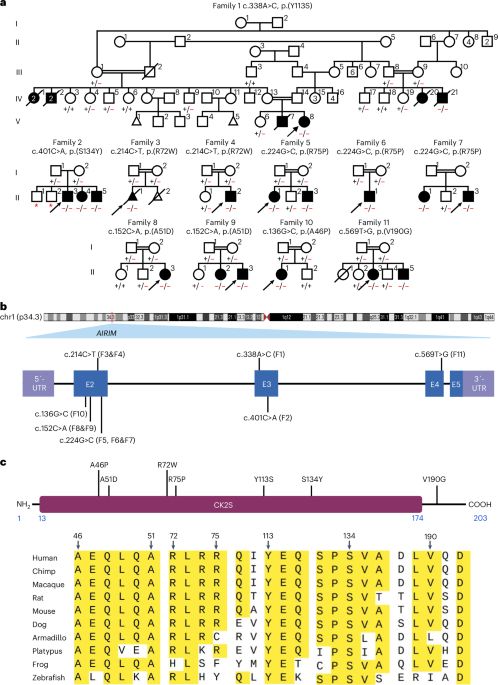
A programmed decline in ribosome levels governs human early neurodevelopment - Nature Cell Biology
Ni, Wei, Vona and colleagues use human brain organoids to dissect patient AIRIM variants associated with neurodevelopmental features. A subset of variants impaired ribosome production and protein synt...
Excited to announce our paper describing how allelic variants in ribosome biogenesis factors cause neurodevelopmental disorders. Congratulations to Chunyang Ni, Yudong Wei and Barbara Vona, our collaborators Jun Wu, Reza Maroofian, and Leqian Yu, and all the other authors from across the globe.
04.08.2025 16:33 — 👍 30 🔁 9 💬 1 📌 0
It’s too late on a Friday night for me to post sensibly about this work! But I’m super proud of Joanna’s determination to validate Parkin substrates and I love working with her robust and creative science!
27.06.2025 22:52 — 👍 34 🔁 11 💬 3 📌 0
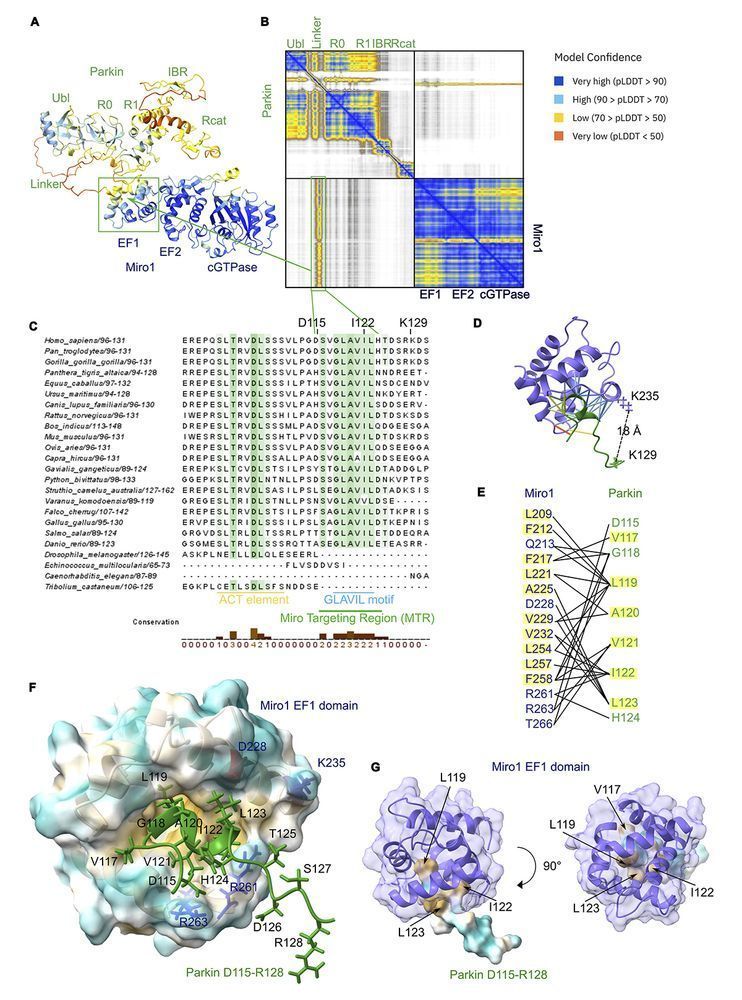
The E3 ligase Parkin ubiquitinates many proteins. Koszela, Walden (@hw1o9.bsky.social) et al. @uofglasgow.bsky.social identify and biochemically validate a direct Parkin interaction with a substrate, Miro1. rupress.org/jcb/article/...
27.06.2025 20:10 — 👍 36 🔁 13 💬 0 📌 3
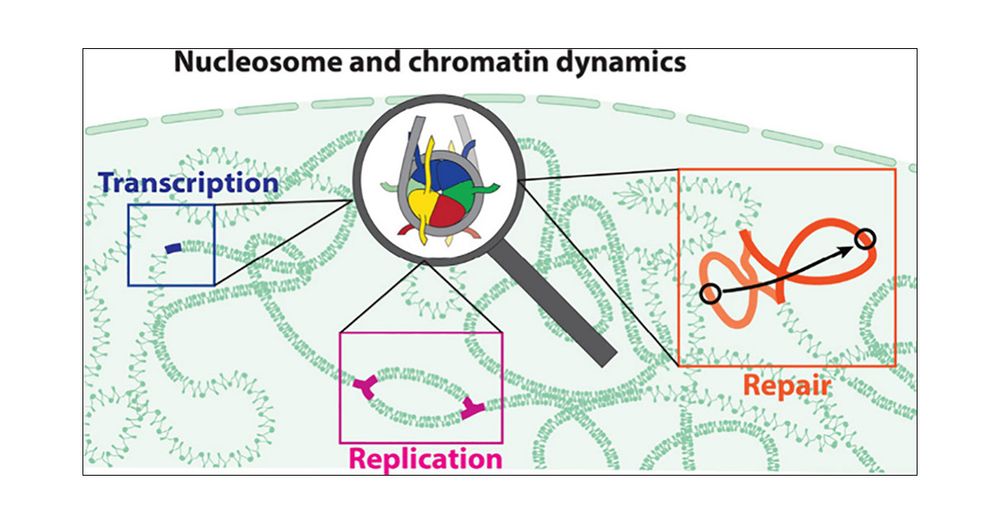
Always on the Move: Overview on Chromatin Dynamics within Nuclear Processes
Our genome is organized into chromatin, a dynamic and modular structure made of nucleosomes. Chromatin organization controls access to the DNA sequence, playing a fundamental role in cell identity and...
Want to learn more about chromatin and its dynamics? Read this review by Charlotte and Jolijn in our lab, aimed at giving an overview on this and the ways this is dealt with during transcription, replication and damage repair. Thanks to Biochemistry for inviting us! doi.org/10.1021/acs....
04.05.2025 07:39 — 👍 108 🔁 33 💬 2 📌 1
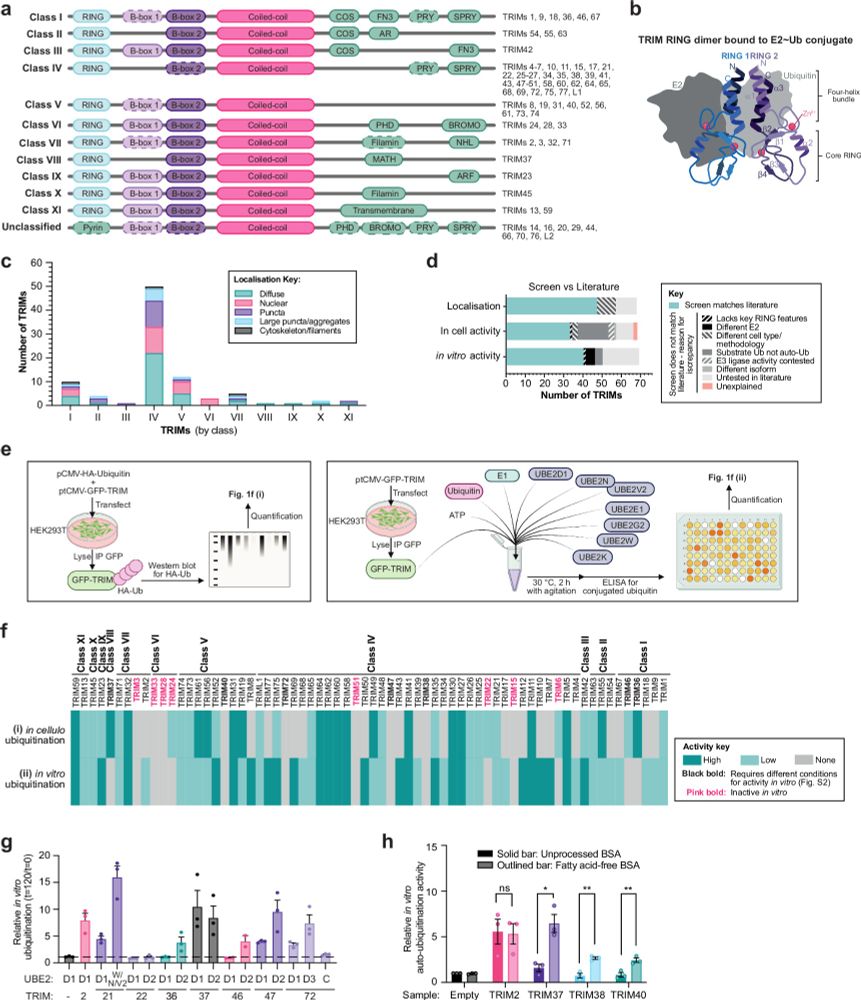
Identification of RING E3 pseudoligases in the TRIM protein family
Nature Communications - Understanding the catalytic and regulatory mechanisms of the ubiquitin system is key to tapping into its therapeutic potential in diseases where its dysfunction is...
After a great review process with @naturecomms.bsky.social, I'm so happy to share our work identifying inactive RING E3 #ubiquitin #pseudoligases in the TRIM protein family!! rdcu.be/ehlGW
🥳 🍾 🙌
@katmcphie.bsky.social @diegoesposito.bsky.social @katrinrittinger.bsky.social @crick.ac.uk
11.04.2025 12:55 — 👍 41 🔁 10 💬 3 📌 3
#TeamTomo is going to be all over chromatin structure and organization in the next years. Beautiful efforts like this are only the beginning! 🧪🧶🧬🔬
12.04.2025 04:30 — 👍 40 🔁 6 💬 0 📌 0
Well done Alex! 🥳
08.04.2025 16:50 — 👍 0 🔁 0 💬 0 📌 0
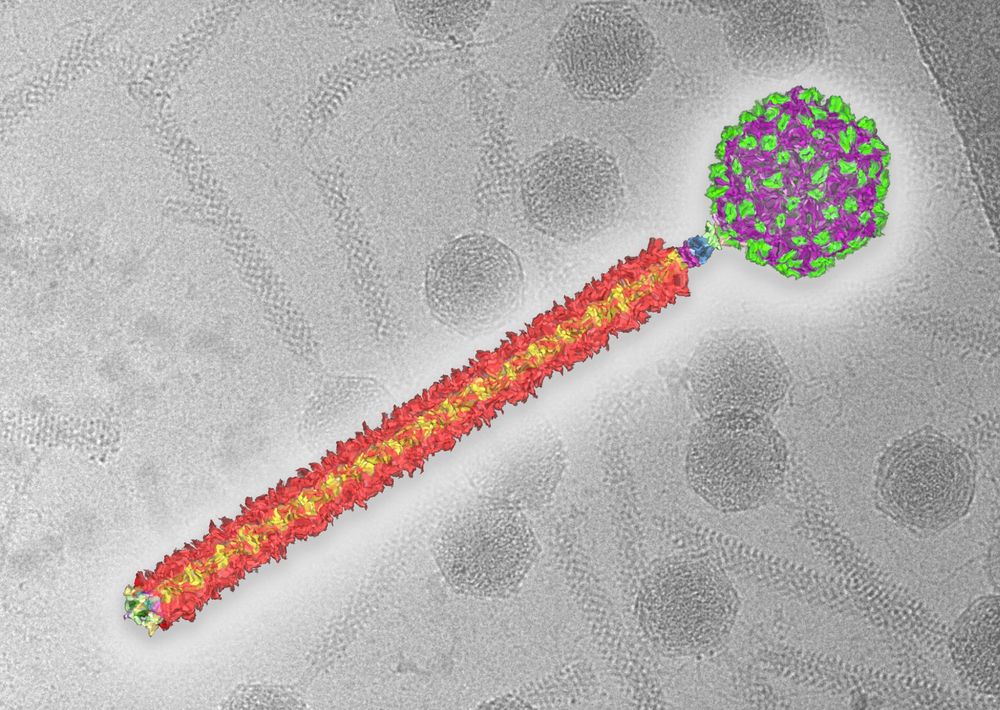
New paper alert 🚨
We determined the structure of phiCD508, a 225 nm tailed myovirus #phage infecting clinical strains of C. difficile, using #cryoEM.
Thrilled to see this finally out at @lsajournal.org .
www.life-science-alliance.org/content/8/6/...
27.03.2025 10:54 — 👍 30 🔁 10 💬 3 📌 2
Excited to report our latest research on new “molecular glues” that specifically lock the BRCC36 isopeptidase complex (BRISC) in an autoinhibited state and reduce interferon signalling. This first-of-its-kind approach could reshape how we target large deubiquitylase (DUB) complexes.
rdcu.be/edRwF
17.03.2025 20:58 — 👍 51 🔁 19 💬 5 📌 1

Mechanism and cellular actions of the potent AMPK inhibitor BAY-3827
Inhibition of AMP-activated protein kinase (AMPK) is under increasing investigation for its therapeutic potential in many diseases, including certain cancers. However, existing AMPK-inhibitors availab...
New pre-print from the lab @cbmr.science spearheaded by PhD student, Conchita Bringas & in collaboration with @zeqiraj.bsky.social @universityofleeds.bsky.social; providing structure-based molecular insights & cellular actions of the recently identified potent #AMPK inhibitor, BAY-3827.
06.03.2025 11:57 — 👍 7 🔁 5 💬 0 📌 1
Thrilled to share the structure of dimerised human PINK1 docked to an endogenous translocase array on the mitochondrial surface, composed of two TOM complexes, bridged by a VDAC2 dimer! Published today in Science www.science.org/doi/10.1126/...
@wehi-research.bsky.social @komanderlab.bsky.social
13.03.2025 19:19 — 👍 168 🔁 57 💬 9 📌 6
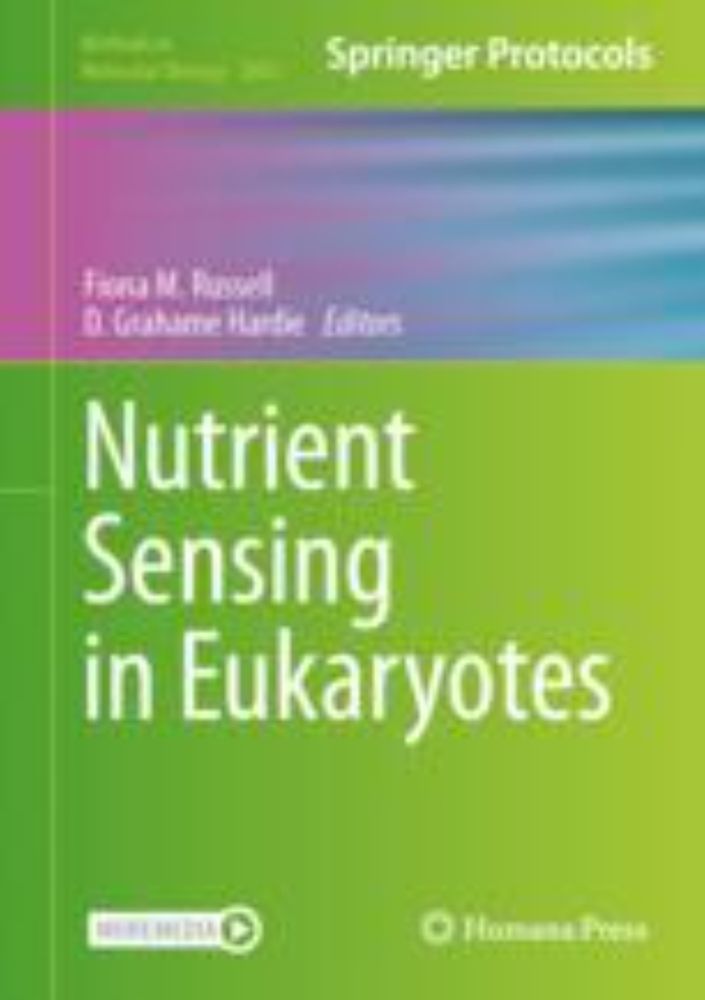
Large-Scale Protein Production and Activity Assay Protocols for Human Glycogen Synthase-Glycogenin Complex
Glycogen synthase (GS) is the rate-limiting enzyme for glycogen production and together with glycogenin (GN) and glycogen branching enzyme (GBE), can generate glycogen particles containing up to 50,00...
Out now: Our method article describing large scale production & enzyme activity measurements of human glycogen synthase-glycogenin (GS-GN) complex published in the MIMB book series. Lead by researcher, Dipsikha Biswas & in collaboration with @zeqiraj.bsky.social @universityofleeds.bsky.social
27.02.2025 10:16 — 👍 13 🔁 6 💬 0 📌 1
Scientific content aggregator with custom content feeds. Science news, jobs, events and more. Sign up at https://www.scientific.today.
Science news from the medical university Karolinska Institutet (KI) in Sweden. Our vision is to advance knowledge about life and strive towards better health for all. https://ki.se/
Decoding how the gut thinks 🦠🪱🧠💪
Neuroscientist with interests in
#EnergyMetabolism #EntericNeurons #Fats
@crick.ac.uk @institutducerveau.bsky.social
neuroscientist 🧠 | Director @ https://www.scienceadvancement.org/ | Moving U.S. biomedical research toward humans & away from other animals | she/her/hers
Postdoc @AstburyCentre, @UniversityLeeds. Using cryoET & subtomogram averaging to explore amyloid structure & organisation in human brain tissue 🧠🔬
Web development, data management and visualizations. Consulting services for scientific and r&d communities. https://www.researchelements.org/
Department of Molecular Biology at UT Southwestern. Interested in Genetics, Developmental Biology, Ribosomes, mRNA Translation.
A journal dedicated to publishing the latest advances across all areas of cell biology. Part of @natureportfolio.nature.com
nature.com/ncb/index.html
Science Events helps you organise a scientific conference or workshop. Use our platform to organise your next event! Visit our platform at https://www.sci.events
MSCA Postdoc fellow, Van Breusegem Lab, Oxidative Stress Signalling. VIB-UGent Center for Plant Systems Biology
Plant scientist 🌱🦠🧫 🇲🇽 | Postdoc at the University of Zurich in the Cyril Zipfel and Pedro Beltrao groups, studying protein phosphorylation during plant–microbe interactions #EMBOfellow | @thesainsburylab.bsky.social alumni
Biochemist, PhD, @LCBM, EPFL🇨🇭
PTMs | ubiquitin | single-molecule enzymology🔬| chromatin | PRC1 mediated gene regulation 🧬
Laboratory of Biophysical Chemistry of Macromolecules (LCBM) headed by @beatfierz.bsky.social at EPFL | Run by LCBM members
A career network featuring science jobs in academia and industry.
Visit our platform at www.science.hr
Researcher @MRC PPU studying mitochondrial quality control. Interested in Mitophagy and ISR in ALS/MND #mitochondria #ISR #Pink1 #kinase #ALS
Structural biologist and biochemist, University of Wuerzburg @uniwuerzburg.bsky.social
Asst. Professor of Biological Chemistry & Pharmacology, Center for RNA Biology, The Ohio State University; we study ribosomes & mRNA translation in human biology & disease; advocate for equity & diversity; www.kearselab.org
Neurobiologist @UofSC 🔬 Super-resolution #microscopy, synaptic plasticity, cytoskeleton, #neurodegeneration 🦠
Structural biologist - currently ubiquitin ligases, previously DNA replication and bacterial metabolism
Research Associate - Clausen Lab, IMP Vienna








